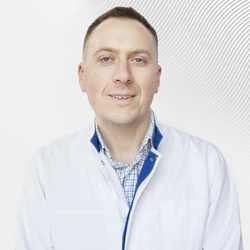Treatment of ligament damage and rupture
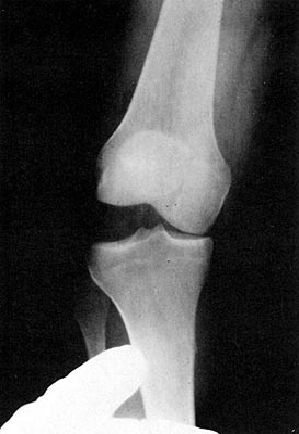 Ligament damage is one of the most common types of sports injuries resulting from sudden and twisting movements in a bent joint. Excessive pressure or the amplitude of movements exceeding the elasticity of tissues leads to partial or complete rupture of ligament fibers, which is called "stretching" in everyday life. The most common ligament ruptures are of the ankle, shoulder, knee and fingers. Injury can occur in everyday life and during sports.
Ligament damage is one of the most common types of sports injuries resulting from sudden and twisting movements in a bent joint. Excessive pressure or the amplitude of movements exceeding the elasticity of tissues leads to partial or complete rupture of ligament fibers, which is called "stretching" in everyday life. The most common ligament ruptures are of the ankle, shoulder, knee and fingers. Injury can occur in everyday life and during sports.
Classification of ligament damage
There are three degrees of ligament rupture:
Grade I - part of the ligament fibers is broken, continuity and mechanical integrity are preserved. There is no hemorrhage at the site of the injury, and there is practically no swelling or swelling. Complaints of moderate pain.
Grade II - most of the fibers are torn. Bruising and swelling are observed, and movements in the joint are limited and painful. Minor instability in the joint may be detected.
Grade III - complete ligament rupture. It is characterized by joint instability, marked swelling and bruising. Complaints of severe pain.
Symptoms of partial ligament rupture
acute pain at the time of injury and after it;
redness of the skin;
hemorrhage;
edema;
severe limitation of joint function.
Diagnosis of ligament rupture
The primary diagnosis includes an external examination and palpation, additional methods include X-ray and ultrasound examinations, magnetic resonance imaging. With incomplete ligament rupture, there is a partial limitation of joint mobility, while with rupture, an atypically large amplitude is observed. Dislocation causes displacement of one of the bones, a change in appearance and the inability to move in the joint. The symptoms and pain associated with a closed fracture and a sprain are the same, so an X-ray examination is required to make a definitive diagnosis.
First aid for partial ligament rupture
Timely and properly provided first aid can prevent the development of complications and facilitate subsequent treatment. The following measures should be taken as primary therapy::
ensure immobility and peace;
apply cold;
apply a bandage;
take pain medications.
Treatment of ligament damage
Complete healing of the damaged ligament requires accurate diagnosis and the right approach to treatment, as this will avoid the development of undesirable consequences and complications. At home, you can do the following:provide rest to the damaged area and protect the limb from stress;
apply cold to reduce bruising, inflammation and pain;
apply a bandage that protects the damaged ligaments, reduces mobility and reduces swelling;
to give the limb a high position in order to improve venous outflow, reduce swelling and reduce pain;
take anti-inflammatory medications.
Thanks to these measures, edema is removed as quickly as possible, and the injured limb is protected from stress. The basis of conservative treatment of ligament damage is the application of an elastic bandage and taking anti-inflammatory drugs, however, for a full examination you need to consult a specialist. The course of treatment usually lasts up to 4 weeks, and full recovery takes up to 10 weeks.
In case of complete rupture of the ligament fibers, surgical intervention is resorted to. In this case, rehabilitation after a ligament rupture may take several months.
You can get advice, undergo diagnosis and treatment of ruptures and ligament injuries at The European Clinic of Sports Traumatology and Orthopedics (ECSTO).
Why the EMC
The first and only clinic in Russia, created in the image of the world's leading clinics
EMC is a multidisciplinary center offering patients a high level of medical services and a personalized approach
Worldwide recognition and awards
 Learn more
Learn more
Worldwide recognition and awards
 Certificates and licenses
Certificates and licenses
Make an appointment for a consultation
Specify your contacts and we will contact you to clarify the details
Reviews
and new products of the EMC
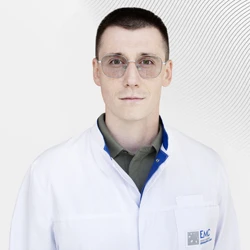
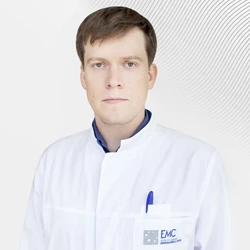
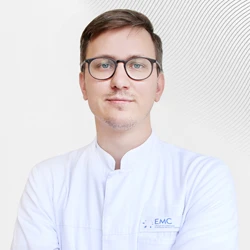
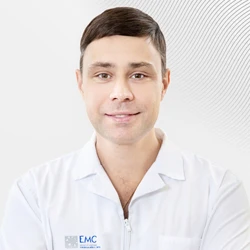
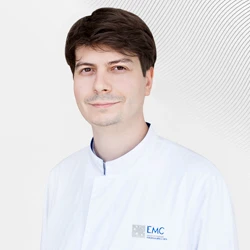
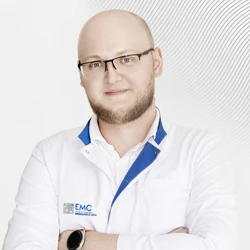
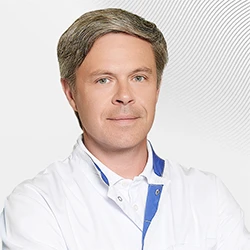
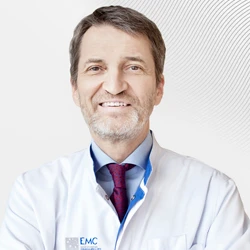
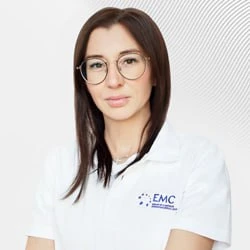
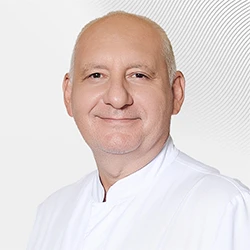
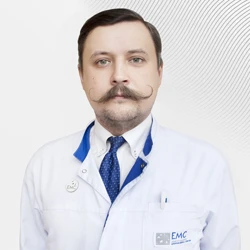

.webp)
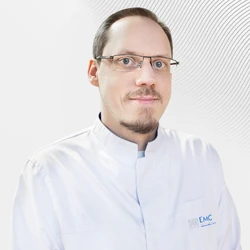
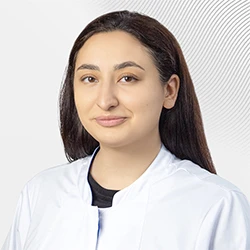
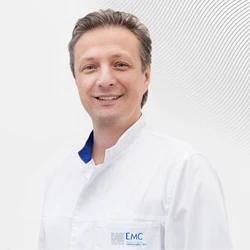
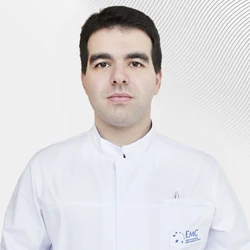
.webp)
